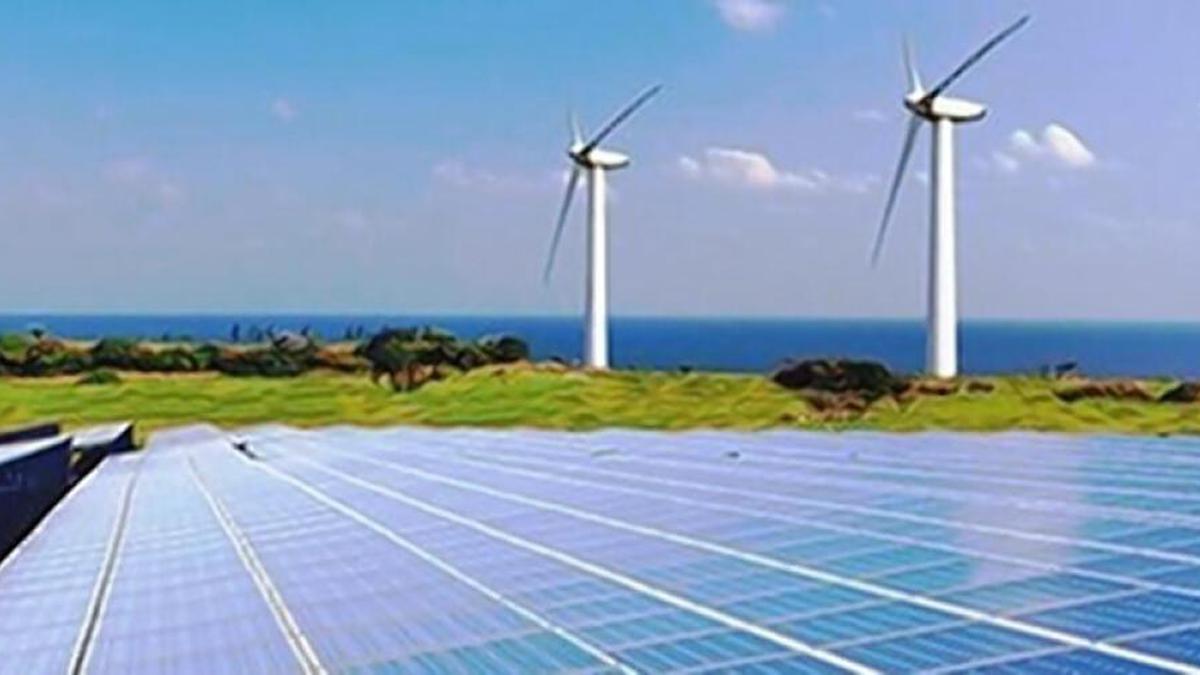
India Will Require $540 Bn Investment By 2029 To Achieve Renewable Energy Targets: S&P – EQ Mag
India is aiming to reduce its pollution to zero by 20. It aims to achieve 500 gigatonnes (GW) of non-fossil electricity capacity, half of its energy from renewables, a billion-tonne reduction in emissions, and a 45 per cent decline in GDP emissions intensity by 2030
India will require USD 540 billion in investment between 2020 and 2029 to achieve its ambitious goals for renewable energy production, according to S&P Global Ratings, as the private-sector-led energy transition enters a new phase.
India is aiming to reduce its pollution to zero by 20. It aims to achieve 500 gigatonnes (GW) of non-fossil electricity capacity, half of its energy from renewables, a billion-tonne reduction in emissions, and a 45 per cent decline in GDP emissions intensity by 2030.
“Meeting India’s renewables target of 500 GW by 2030 will necessitate more than 40 GW of new capacity additions per year (compared to 10-15 GW currently),” it said.
According to S&P Global Ratings’ report ‘Asia-Pacific’s Different Pathways To Energy Transition,’ renewable capacity addition in India is outpacing coal, but demand growth and intermittency problems are leading to increased coal utilisation and new coal plants.
“Policies are creating an enabling environment, while private sector investments will lead the energy transition,” it said, adding that USD 540 billion in investments are needed to achieve India’s renewables target from 2020 to 2029.
Half of these expenditures are renewable and the other half is an investment in the grid.
“The private sector will likely lead generation capex, while public sector utilities will likely lead grid investments. Domestic long-term bank funding against projects and cash flows is available. Unsecured holding company financing, on the other hand, is in short supply,” the report stated.
After China, the United States and the European Union, India is the world’s fourth-largest carbon dioxide producer. However, its emissions per capita are significantly lower than those of other major global economies. In 2019, India emitted 1.9 tonnes of CO2 per head of people, compared to 15.5 tonnes for the United States and 12.5 tonnes for Russia.
Net zero, or becoming carbon neutral, refers to not increasing the number of greenhouse gases in the atmosphere.
The term “energy transition” refers to the move away from fossil-based energy production and consumption systems, such as oil, natural gas, and coal, and towards renewable energy sources such as wind and solar, as well as lithium-ion batteries.
According to S&P, renewables are experiencing growing intermittency, necessitating grid flexibility and energy storage solutions.
According to GW, the goal year is 2030, and the target year is 2030.
According to the report, Asia-Pacific countries still have a long way to go before meeting their ambitious energy goals. Analysts are still looking for specific countries to give credit to, and some countries are still looking for specific countries to give credit to.
“With industry diversification into hybrid, pumped storage, round-the-clock projects, and so on, India is entering the next stage – Renewables 3.0. It is extremely competitive and highly competitive from the start. (2.0). Execution risks and return profiles can diverge significantly,” Dangra said.













